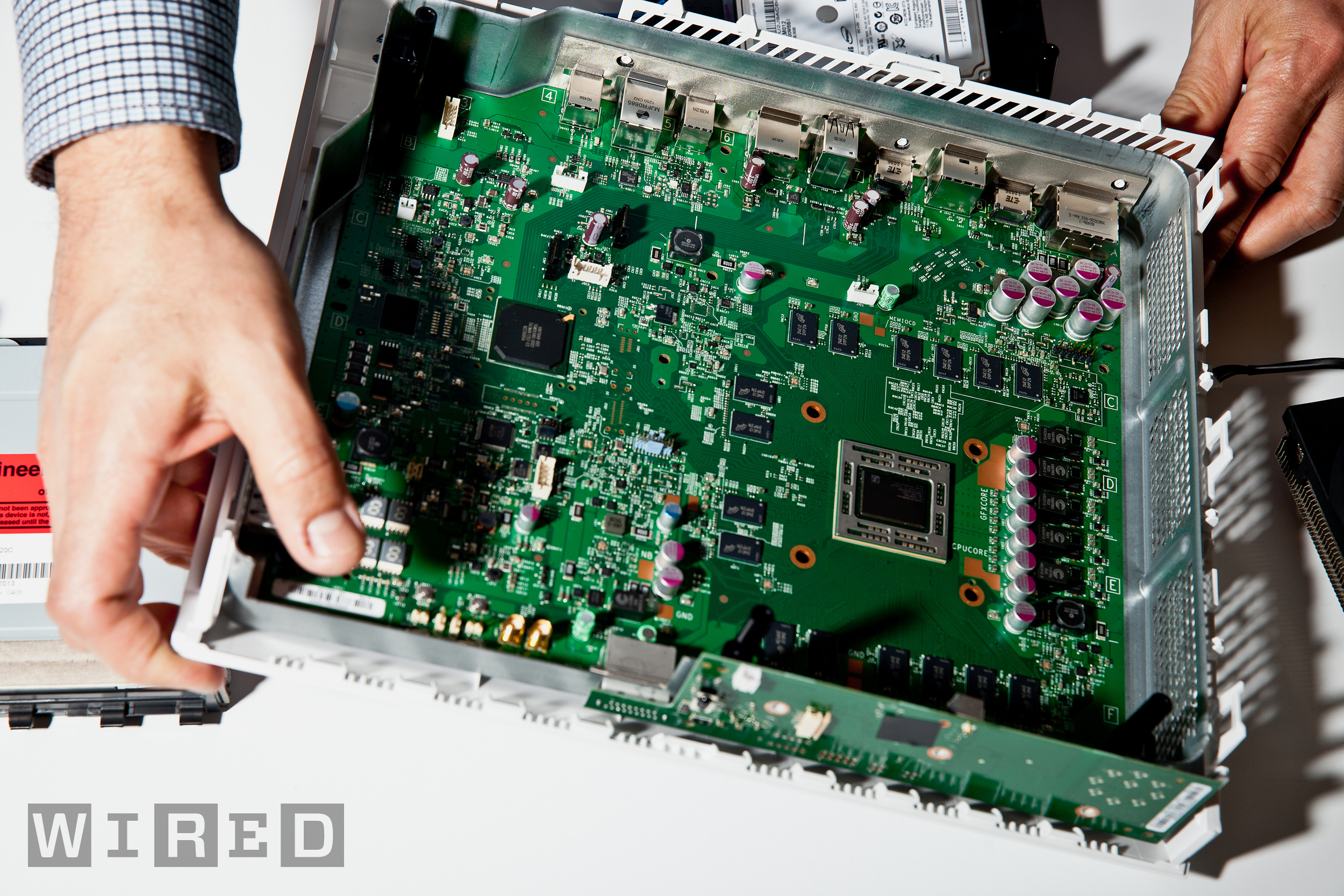(((interference)))
Veteran
No, the planes can definitely let Xbone games render the HUD at different resolution to gameplay, or foreground at different res to background etc.
They could have, but I don't believe that's actually how they are being used.
But developers can use them in that exact way, say have the HUD render in 1920x1080 and the game itself render at 1440x1080.
The display planes are simple; 1 for the OS, 2 for the game and as mentioned one for the HUD, the other for the actual game.
That VGLeaks article about the display panes says the 2 panes for the title and one for system OS; and that the panes can have different resolution, precision, and color format. And can also be updated at different refresh rates (30hz/60hz). VGLeaks mentions a senario displaying main game in one pane, and the HUD in another.
In the Arstechnica article about cloud processing on Xbox One they mentioned having latency sensitive tasks processed locally on the console, and lactency insensitive tasks sent to the cloud. Of the two panes for the game, I can see one pane being dedicated to local console hardware, and the other for cloud processed tasks. Since the panes can have different resolutions and refresh rates, the pane dedicated to cloud tasks could dynamically scale resolution and frames per second depending on internet connection, while the pane dedicated to the console is putting out constant resolution and frame rate.
The display planes are simple; 1 for the OS, 2 for the game and as mentioned one for the HUD, the other for the actual game.
I think the only explanation that fits into all our data is that Application and OS are actually the same thing. It's technically the 'Windows 8' layer and there are 2 remaining for games to do the HUD "thing"
Untrue. Gaikai/OnLive prove direct rendering to screen is possible. The main game would just have to wait for the graphics stream, meaning an end to super-responsive games. But for some low-speed games, maybe a detective sleuthing game, cloud rendering could be used in part. I just don't see how the display plains would be much cop. You'd have to layer the cloud graphics on top with a mask, which I guess would work if you masked out the UI graphics and rendered them on the lower local-rendering layer.That presumes the cloud is directly rendering to the screen, which given the latencies can be ruled out.
No, the planes can definitely let Xbone games render the HUD at different resolution to gameplay, or foreground at different res to background etc.
Yes. The way they described it it was more like AmigaOS's draggable screens for example than say, a Super Nintendo's stackable hardware backgrounds - IE each background is essentially opaque rather than "chroma-keyed". That doesn't preclude the possibility that the hardware is capable of transparency of course. It's just that such capability was not explained.What is relevant is that they talked about using them purely to decide what was displayed on the screen and to quickly display it without using GPU resources.
They only mention 2 display planes in the Architecture Panel but it is certainly possible the 3rd wasn't relevant.
What is relevant is that they talked about using them purely to decide what was displayed on the screen and to quickly display it without using GPU resources.

Looking at the ports area, from right to left:
power
[9]
HDMI in
[8]
optical out
HDMI out
[7]
USB
Kinect
[6]
IR out
[5]
Ethernet
???
[4]
What's the port next to the [4] label?

I want to believe it does.Does that also include the new kinect tho?
According to Pachter the BOM of the Xbox One is the highest of the next generation.
I don't understand why to be honest. The console is so very capable but certainly not the most powerful in general.
http://news.softpedia.com/news/Play...67-Xbox-One-399-306-Analyst-Says-358082.shtml
